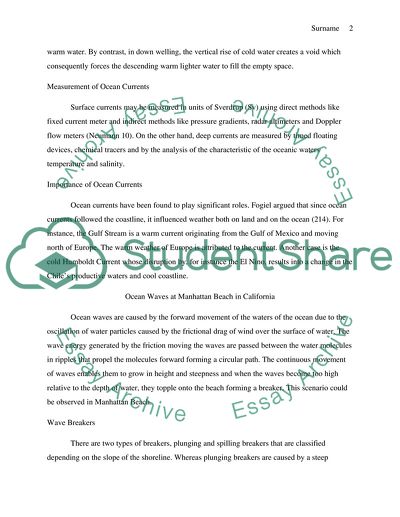Cite this document
(Manhattan Beach in California Oceanography Research Paper, n.d.)
Manhattan Beach in California Oceanography Research Paper. Retrieved from https://studentshare.org/geography/1763239-research-paper-for-oceanography-001-final-project-part-2
Manhattan Beach in California Oceanography Research Paper. Retrieved from https://studentshare.org/geography/1763239-research-paper-for-oceanography-001-final-project-part-2
(Manhattan Beach in California Oceanography Research Paper)
Manhattan Beach in California Oceanography Research Paper. https://studentshare.org/geography/1763239-research-paper-for-oceanography-001-final-project-part-2.
Manhattan Beach in California Oceanography Research Paper. https://studentshare.org/geography/1763239-research-paper-for-oceanography-001-final-project-part-2.
“Manhattan Beach in California Oceanography Research Paper”, n.d. https://studentshare.org/geography/1763239-research-paper-for-oceanography-001-final-project-part-2.


